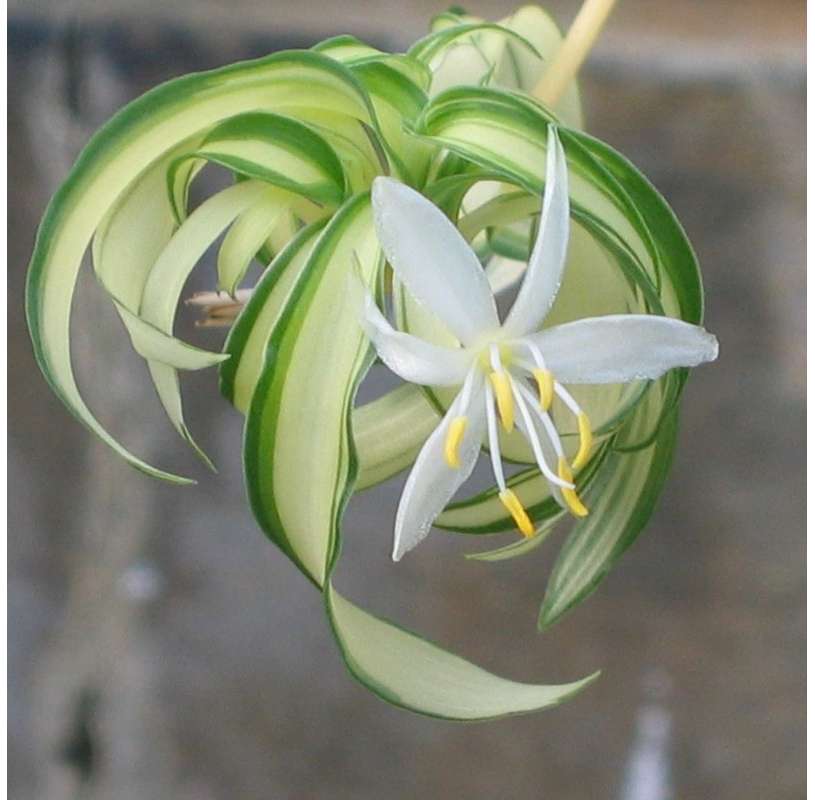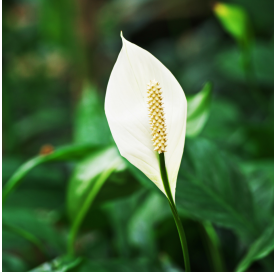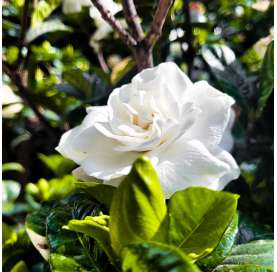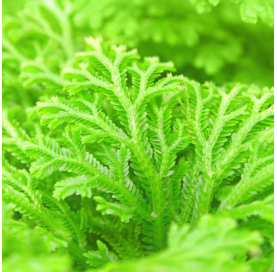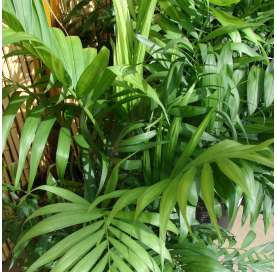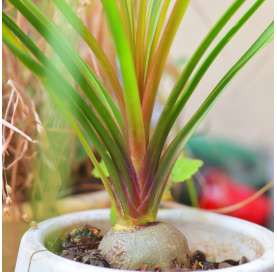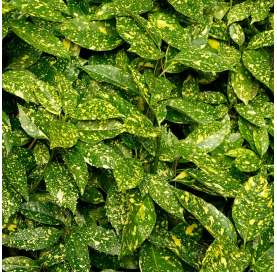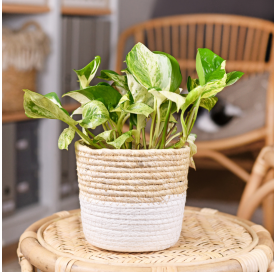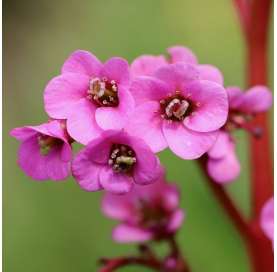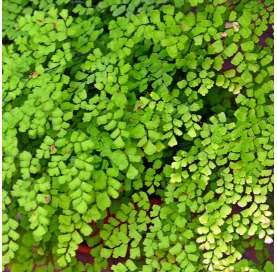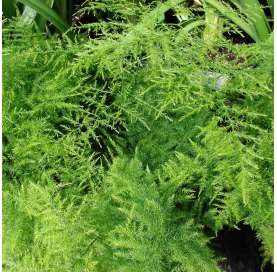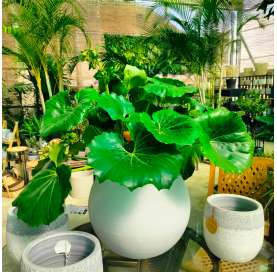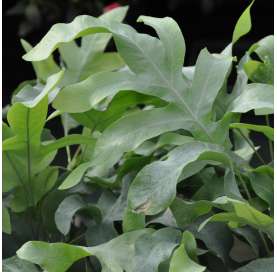Chlorophytum comosum. Spider plant.
The ribbon plant, also known as the malamadre plant is very resistant and easy to care for, ideal for indoors if you have low light.
 Encrypted payments for greater security
Encrypted payments for greater security
To reduce the plant's time in transit, shipments are made from Monday to Wednesday.


Shipping only to mainland Spain and mainland Portugal
Origin:
The Cinta or Malamadre, also known as Spider Plant or Ribbon Plant, is a perennial indoor plant belonging to the Asparagaceae family. It is native to tropical and subtropical regions of Africa and Asia, where it grows in shaded areas under the canopy of trees.
Description:
The Cinta plant features long, slender leaves that arch gracefully from the center of the plant. It is characterized by its variegated foliage, often displaying green and white stripes along the length of the leaves. The plant produces small white flowers on long stalks, which eventually develop into baby plantlets or offsets.
History:
The Cinta plant has been cultivated as an ornamental houseplant for centuries, prized for its air-purifying qualities and easy care requirements. Its popularity as a decorative plant has led to its widespread distribution and presence in households worldwide.
Name:
The name "Cinta" is derived from the Spanish word for ribbon or tape, which refers to the long, ribbon-like leaves of the plant. The name "Malamadre" is of Spanish origin and translates to "bad mother," possibly referring to the plant's ability to produce numerous offspring or offsets.
Pruning:
Pruning of the Cinta plant is minimal and mainly involves removing any dead or damaged leaves to maintain its overall appearance. Regularly removing the offsets or baby plantlets can help prevent overcrowding and encourage healthy growth.
Watering:
The Cinta plant prefers moderate watering, allowing the top layer of soil to dry out between waterings to prevent overwatering and root rot. It is essential to avoid direct sunlight, as it can scorch the leaves and cause damage. Yellowing leaves may indicate overwatering, so it is crucial to adjust the watering frequency accordingly.
Care:
Caring for the Cinta plant is relatively straightforward. It thrives in indirect sunlight or partial shade and can tolerate low light conditions. Regular fertilization with a balanced liquid fertilizer every 15 days during the growing season (spring and summer) can promote healthy growth and vibrant foliage. Additionally, monitoring for pests such as aphids and mealybugs and treating them with insecticidal soap as needed can help keep the plant healthy and pest-free.
Data sheet
- Name
- Ribbon
- Origen
- South Africa
- Height
- 50 cm
- Colour
- Green and yellow leaves, white flowers
- Flowering
- Summer
- Location
- Semishade
- Irrigation
- Moderated
- Applications
- Hanging pots, balconies
- Others
- Can't resist cold
- Note
- Al tratarse de planta viva y dependiendo de la temporada, la planta puede ser recibida, en algunos casos, no exactamente igual que en la fotografía, aunque sí lo más parecida posible. Sin que ello repercuta en la calidad de la misma.
12 other products in the same category:
-
copy of Spathiphyllum€4.50
-
-
Selaginella€3.50
-
Chamaedorea elegans.€3.50
-
Beaucarnea€13.50
-
Aucuba Japonica - Spotted...€10.90
-
Bergenia cordifolia€4.80
-
Adiantus Fragans...€6.90
-
Esparragueras plumosa...€6.50
-
Ligularias Tussilaginez.€30.00
-
Helecho Phlebodium Aureum...€17.90

 English
English Spanish
Spanish